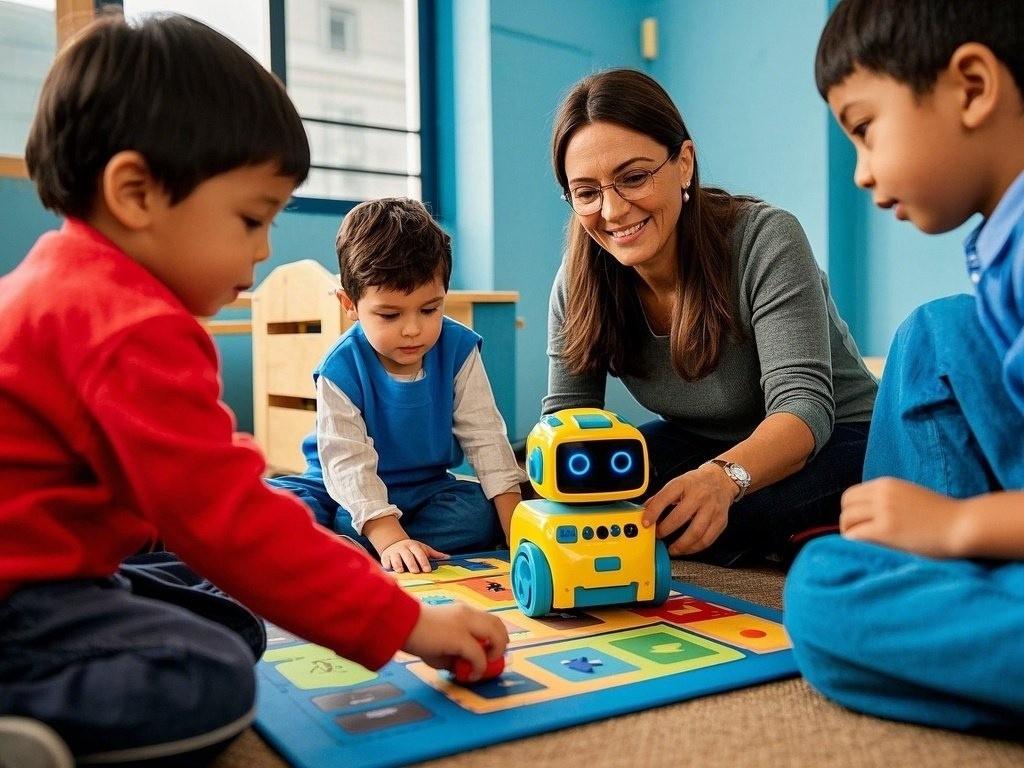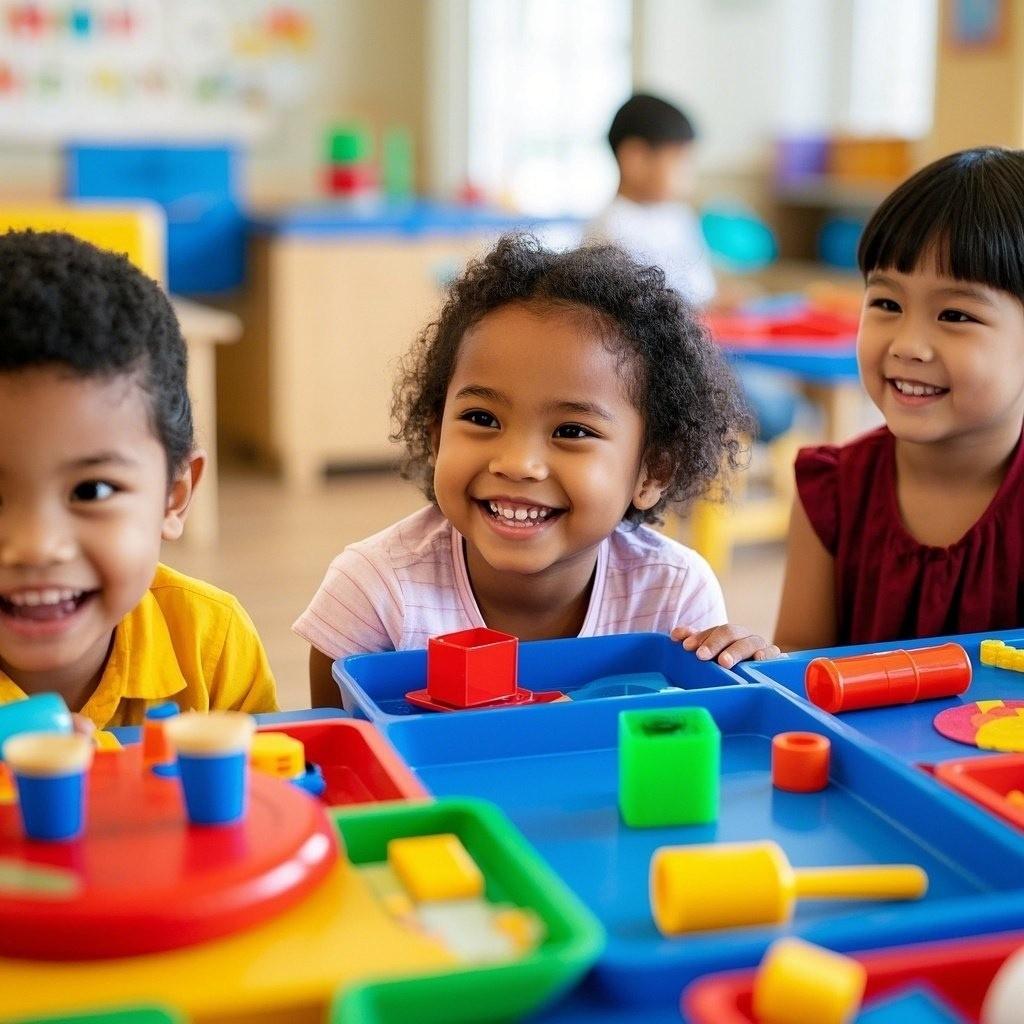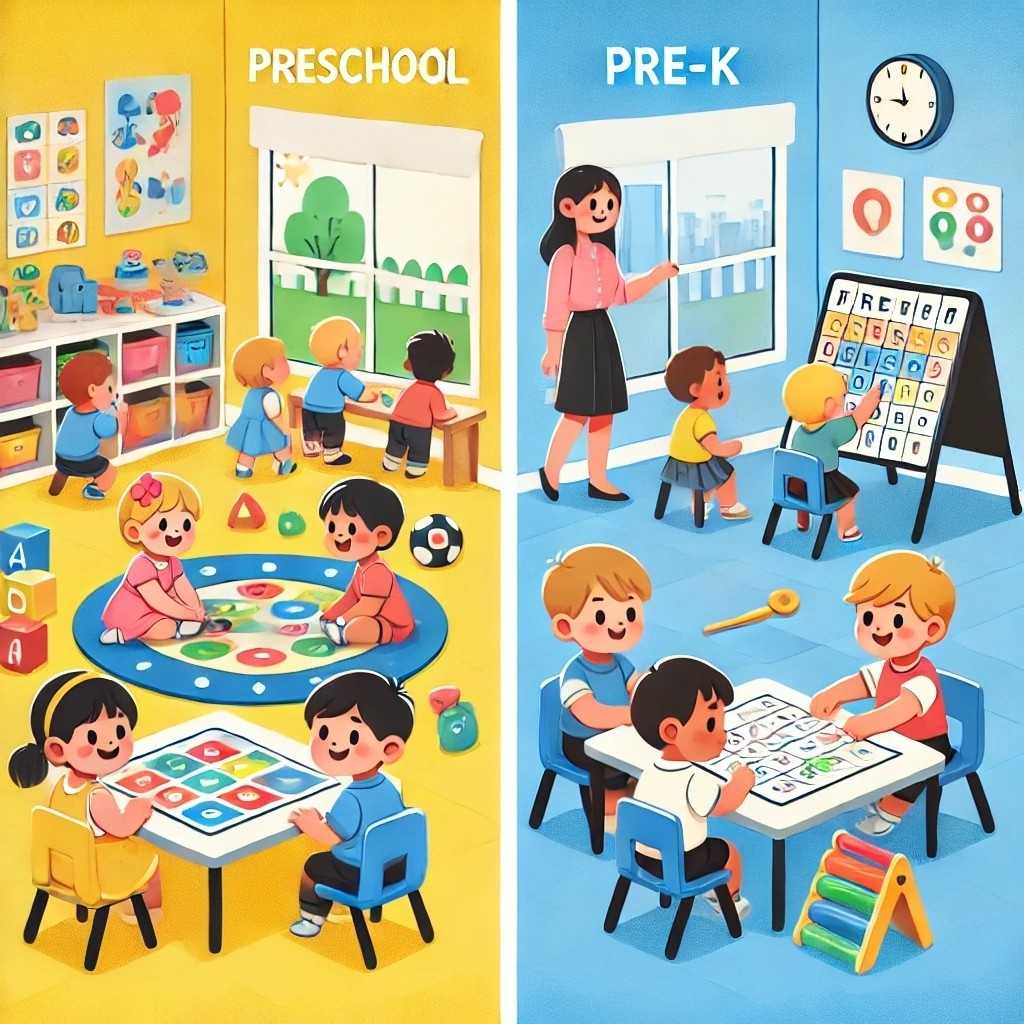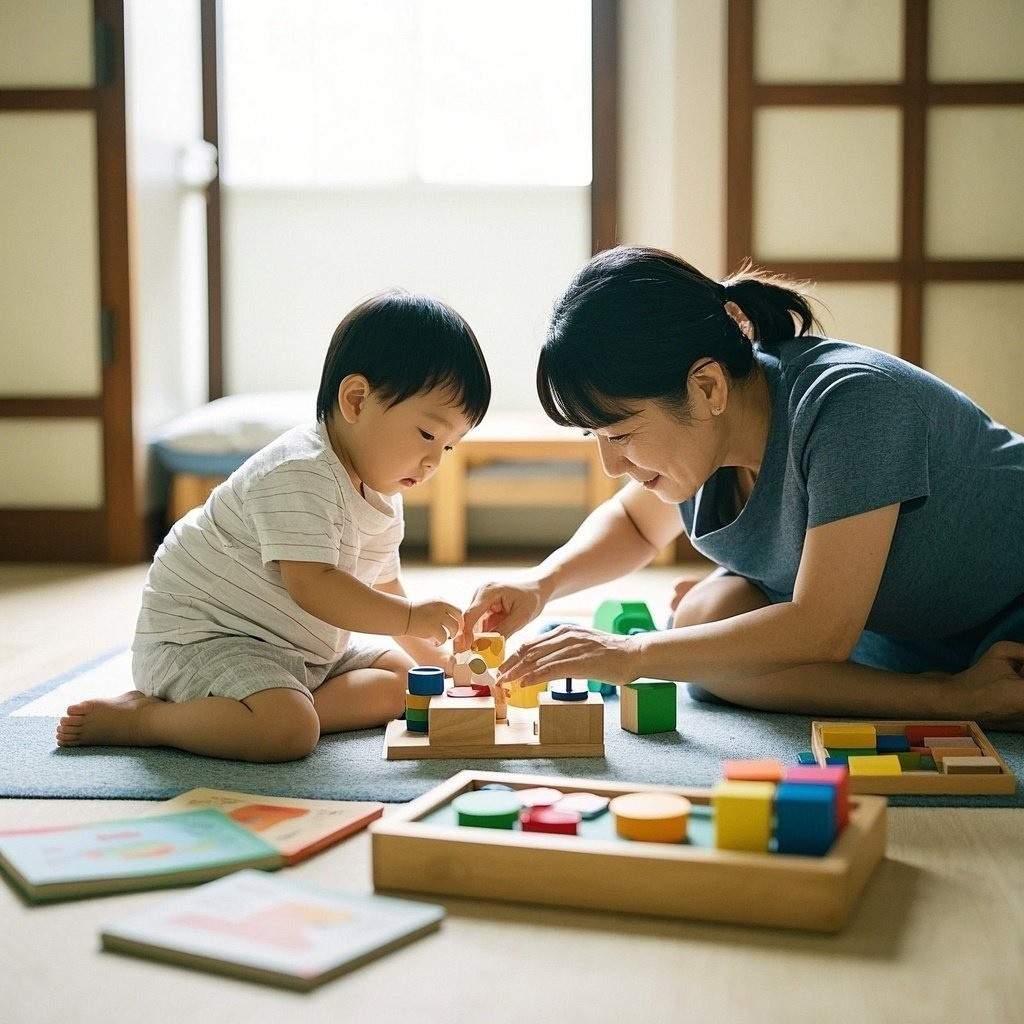Introduction to STEM Concepts
Why STEM Matters Early
STEM refers to Science, Technology, Engineering, and Math. By introducing these concepts to preschoolers, you lay a foundation for critical thinking, creativity, and collaboration. Children at this stage are naturally curious, constantly experimenting, and always eager to understand how the world works. When we refer to “Hands-On STEM: Fun and Educational Activities for Preschoolers,” we mean interactive, engaging projects that help young learners grasp STEM ideas through active exploration, rather than rote memorization.
Key Benefits of Early STEM Learning
- Critical Thinking: Solving puzzles, asking questions, and experimenting with materials encourages children to think through problems independently.
- Collaboration: Many STEM activities involve group work, teaching kids how to communicate, take turns, and respect each other’s ideas.
- Creativity and Innovation: Open-ended experiments let kids invent new ways to solve problems, fostering a love for creative thinking.
- Confidence in Learning: Tackling basic science or engineering tasks early helps preschoolers approach complex topics with greater confidence in later years.
Encouraging a Growth Mindset
Making mistakes in a STEM lesson is not only acceptable—it’s encouraged. Children learn to see “failure” as a step in the discovery process. When an experiment doesn’t go as planned, they can adjust and try again, a practice that builds resilience and adaptability.
Engineering Challenges for Little Learners

Building Towers and Bridges
Whether using wooden blocks, plastic cups, or LEGO pieces, preschoolers love to build. Label these activities as “engineering challenges” to instill the idea that engineering is about designing and constructing solutions. Encourage them to see which tower can get the tallest without tipping, or which bridge can hold a small toy car. This sparks curiosity about balance, stability, and structural design.
- Set Specific Goals: For instance, see who can build the strongest bridge using only popsicle sticks and glue.
- Trial and Error: Let them test their structures multiple times, discussing what might make it stronger or steadier.
- Team Effort: Encourage kids to work in pairs or small groups, sharing ideas and collaborating on their constructions.
Simple Machines for Preschoolers
Introduce basic physics concepts with hands-on explorations of simple machines—like levers, pulleys, and inclined planes. A small see-saw in the playground teaches how weight distribution works. A homemade pulley with a rope and bucket shows how lifting objects can be easier. These activities build early mechanical understanding and emphasize problem-solving strategies in a fun, age-appropriate way.
Exploring the Wonders of Science

Nature Walks and Observations
Children are natural scientists. A simple walk outdoors can yield endless discoveries: leaves, rocks, bugs, and other natural treasures. Invite preschoolers to collect a few safe items to examine under a magnifying glass. Encourage observations about color, texture, and patterns. This lays the groundwork for scientific thinking—observing, classifying, and asking questions.
Kitchen Science
Transform everyday kitchen ingredients into memorable science experiments. A classic example is the volcano eruption: combine baking soda and vinegar for an exciting, fizzy reaction. Let kids experiment with color mixing, blending primary colors like red, yellow, and blue in water to see what new shades appear. Freeze small toys in ice cubes, then explore different methods (warm water, salt, direct sunlight) to melt the ice. Children learn about chemical reactions, states of matter, and cause and effect.
Weather Experiments
Weather-related activities also foster curiosity. Use simple tools like cups to measure rainfall or a plastic bag attached to a stick to observe wind direction. Explain that weather scientists use similar concepts—measuring temperature, precipitation, and wind—to understand daily weather patterns and long-term climate trends.
Math Adventures Through Play

Counting and Sorting Games
Math can be playful and engaging. Hand children a pile of colorful blocks and encourage them to count how many they have, then sort by color or size. This promotes one-to-one correspondence and pattern recognition—crucial building blocks for future math skills. You can also ask them to count the steps from the classroom to the playground to integrate movement and numbers.
Shapes and Geometry
Shapes are all around us. Provide foam or paper cutouts—circles, squares, triangles—and let preschoolers piece them together into creative designs. A “shape hunt” around the room or playground helps them connect geometric concepts to real-world objects, reinforcing the idea that math is everywhere.
Graphing and Comparison
Introduce charts or graphs in a simple way. For example, ask each child their favorite fruit (apple, banana, grapes). Create a bar graph on a big poster where they place a sticker under their chosen fruit. Discuss which fruit is most popular and which is least, helping them understand comparison and data collection in a fun, visual manner.
Technology Exploration for Young Minds

Introducing Digital Tools
Technology is an integral part of our daily lives. For preschoolers, short, supervised sessions on age-appropriate apps or websites can reinforce letters, numbers, and shapes. Emphasize that technology is a learning tool, not just entertainment. This way, children develop healthy habits and see the value in digital platforms.
Tinkering with Basics
Beyond screens, introduce simple robots or coding toys designed for young learners. Preschoolers can press arrow buttons to move a small robot on a grid, learning about sequences and cause-and-effect. This hands-on tinkering with simple robotics or circuit kits (where they connect snap-together pieces to light a small bulb) helps them grasp fundamental technological concepts early on.
Responsible Use of Technology
Explain in basic terms that not everything on a screen is good or safe. Encourage them to only use approved apps, ask permission before downloading anything, and limit screen time. By setting boundaries and guidelines from the start, children learn to approach technology responsibly and purposefully.
Creative Arts Integration in STEM Activities

Painting and Sculpting with a Purpose
Art is a perfect complement to STEM. Children can paint the life cycle of a butterfly or sculpt geometric solids out of clay. This connects abstract science or math ideas to tangible artistic expression. Through color, shape, and texture, kids form deeper connections to the concepts they’re learning.
Musical Math
Rhythmic activities help reinforce counting and patterns. Whether they’re clapping out beats or tapping on drums, children learn about repetition, sequence, and timing—essential math skills. You could even incorporate songs that mention numbers or patterns to double up on the learning benefits.
Storytelling and Role-Playing
Preschoolers love make-believe, and you can channel this into STEM learning. Have them create stories around traveling to space or diving into an undersea world. They might have to “fix” a broken rocket or “explore” a new habitat. By role-playing, they experience engineering design (fixing problems), scientific observation (discovering alien landscapes), and creative narrative building—all at once.
Bringing It All Together
Holistic Learning Approach
STEM activities gain maximum impact when integrated into a cohesive curriculum. A lesson on bridge-building can tie into math class (measuring lengths, shapes used) and art class (drawing or painting famous bridges). By showing preschoolers how different subjects connect, you nurture holistic thinking.
Encouraging Curiosity Everywhere
One of the greatest benefits of “Hands-On STEM: Fun and Educational Activities for Preschoolers” is its flexibility. At home, keep a bin of recyclables for impromptu building projects. In the classroom, stock shelves with books about animals, space, and inventions to spur questions and ideas. Outdoors, explore nature walks as a science lab. The more accessible and integrated STEM is, the more likely children are to engage with it enthusiastically.
Looking Ahead
By starting early, children become comfortable exploring, questioning, and experimenting. These qualities will guide them through the rest of their educational journey. As they encounter new concepts—whether in technology, science, or mathematics—they’ll have the confidence to dive in, explore solutions, and enjoy the process of learning.
Conclusion
Early STEM exposure is a key to unlocking a child’s potential in critical thinking, problem-solving, and creative exploration. Through activities like building towers, observing nature, mixing kitchen ingredients, counting and sorting objects, trying beginner-friendly technology, and weaving artistic elements into math and science, preschoolers gain a broad foundation of skills. The emphasis on a growth mindset—where mistakes lead to new discoveries—creates a positive, resilient approach to learning that will serve them for years to come.
Remember, “Hands-On STEM: Fun and Educational Activities for Preschoolers” is not just about handing them a lesson plan; it’s about sparking genuine curiosity. Whether that spark comes from a fizzing volcano experiment or a robot toy that follows a simple code, the ultimate goal is to nurture a lifelong passion for inquiry. Add a dash of arts, music, and storytelling to make it all the more memorable. By marrying STEM concepts with playful exploration, you ensure that every child has a delightful, meaningful jumpstart into the world of science, technology, engineering, and math.





